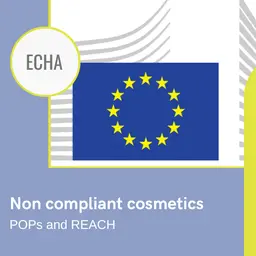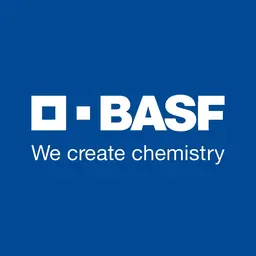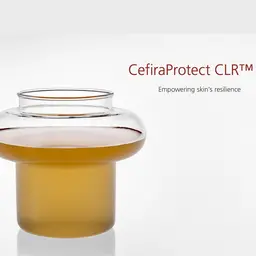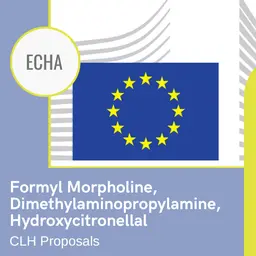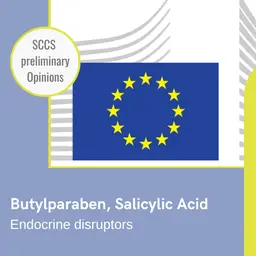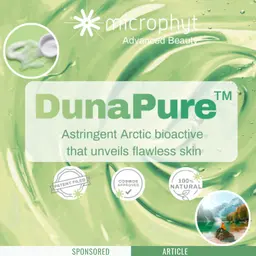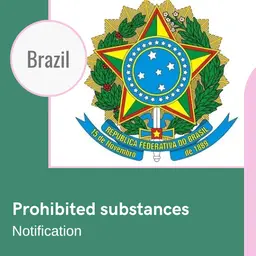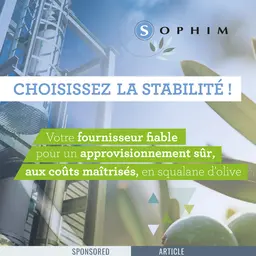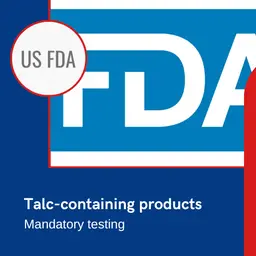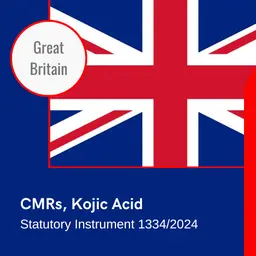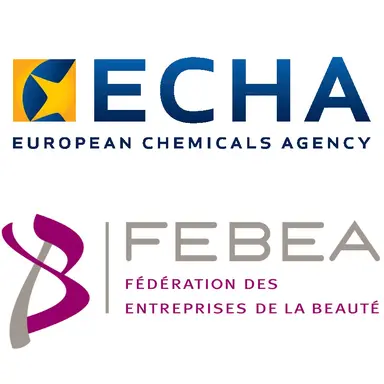
On 30 October 2024, the European Chemicals Agency (ECHA) unveiled the results of a pilot project to apply the regulations, revealing that 6% of cosmetic products contained hazardous substances banned by the POP and REACH Regulations. Today, the FEBEA is distancing itself from the study’s methodology, and proposing solutions to the difficulties identified.
The ECHA’s press release reported that the national enforcement authorities in 13 European Economic Area (EEA) countries had checked nearly 4500 cosmetic products, mainly looking at the ingredients list, for the presence of perfluorooctanoic acid (PFOA), long chain perfluorocarboxylic acids (PFCAs) and related substances, and cyclic siloxanes D4 and D5. Result: 285 of the inspected cosmetics included hazardous chemicals whose use is banned in these products.
The FEBEA (French Federation of Beauty Companies) would like to share its thoughts on this study, stressing first of all that the products in question do not concern the French market, and that these results call for vigilance in the application of regulations and control by the authorities, particularly with regard to imported products.
Study methodology
It is important to note that the selection of products inspected was not random, says FEBEA, but based on a risk approach.
This means that the rate of non-compliance observed in the study is probably higher than would be found in a random sample.
As a result, the results are not representative of the market as a whole.
Difficulties identified and solutions proposed
The report highlights the difficulties involved in correctly identifying the substances restricted by REACH, on …

